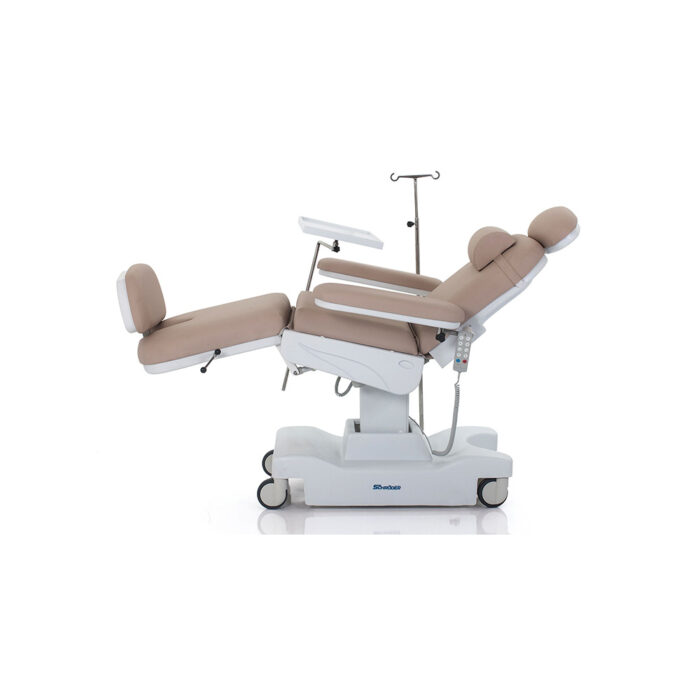The Body Composition Analyzer applies artificial neural network algorithms to Bioelectrical Impedance Analysis (BIA), for more reliable and accurate measurement of body composition. Featuring advanced output parameters designed for evaluation of quality and health status, our results are formulated and validated with clinical trials, providing medical professionals with accurate and reproducible measurement data.
(1) Body Composition Analysis
Reliable, non-invasive Bioelectrical Impedance Analysis makes it easier to conduct regular monitoring of Body Composition. The calculated estimated weights of the body’s compositional elements can be compared with standard results for context.
(2) Muscle-Fat Analysis
Measurement of weight is important, but incomplete without further analyzing the amount of muscle and fat in a client. Understanding skeletal muscle and body fat proportions can help trainers formulate muscle and fat control recommendations.
(3) Obesity Analysis
Different body fat indicators provide valuable information needed for a more useful evaluation of health. Percent Body Fat is a general indicator, while Waist-Hip Ratio and Visceral Fat are used as critical cut-off points for risk of obesity-related diseases which may not be immediately visible from the outside.
(4) Total & Segmental Analysis
Measure muscle and fat more precisely with segmental analysis of the trunk, upper body, and lower body. Identify imbalances, and determine if segmental muscle is within normal range, tracking changes to better observe the effects of rehabilita- tion or training.
(5) Bioelectrical Vector Impedance Analysis (BIVA)
Bioelectrical Vector Impedance Analysis (BIVA) uses direct measurements of reac- tance and resistance, allowing it to provide reliable comparisons and evaluations of cellular hydration and nutritional status – even for individuals with abnormal hydra- tion – making it easier for trainers to recommend detailed health checks if needed, helping to keep clients safe.
(6) Phase Angle
Phase angle decreases with illness and old age, making it an important indicator of health, and an absolute necessity for a professional body composition evaluation. Compare phase angle with respective gender and age, placing results into context.
(7) Muscle Quality
Track changes in quality, not just quantity! In elderly populations, muscle strength can decline much more rapidly than muscle mass. By evaluating muscle effective- ness through cellular estimation of grip strength health, professionals now have a more useful indicator that may provide early warning for fall risk.
(8) Body Fat Percentiles
Compare body fat percentages with similar population, placing results in context of age, gender, and ethnicity. What’s “normal” for a 20-year old doesn’t necessarily apply to an 80-year old, and this module helps the subject better understand com- parative results.
(9) Edema Index
Identify abnormalities in intracellular/extracellular fluid proportion, using the edema index as an indicator and warning sign for diseases affecting body fluid balance, including impaired heart and function.
(10) Research Information
The MA801 provides a wide variety of body composition output parameters of particular relevance for research, and includes various indexes used as early warn- ing signs for malnutrition, obesity, and sarcopenia.






Reviews
There are no reviews yet.